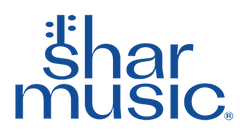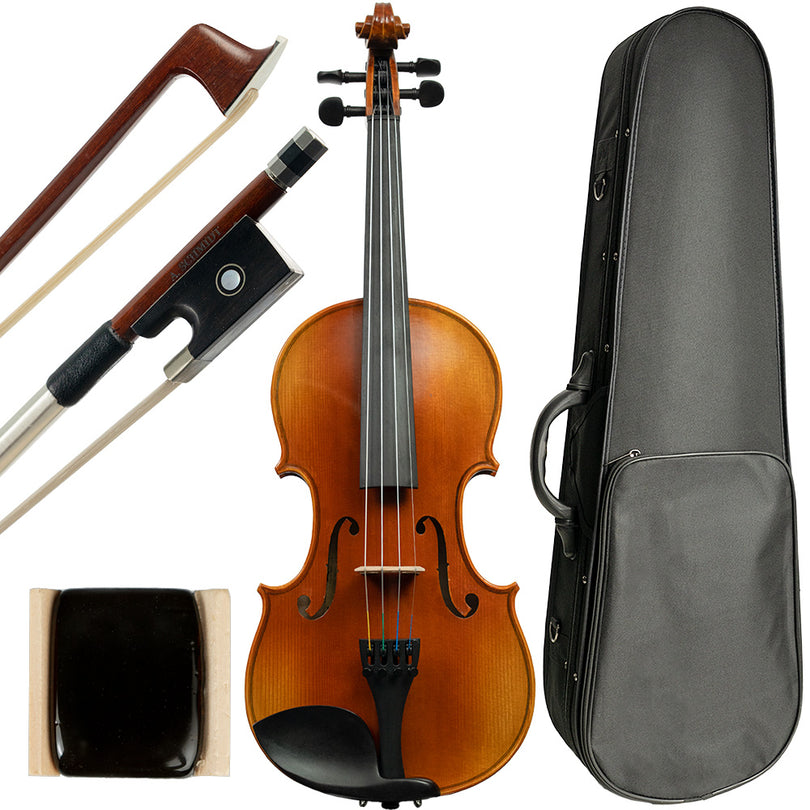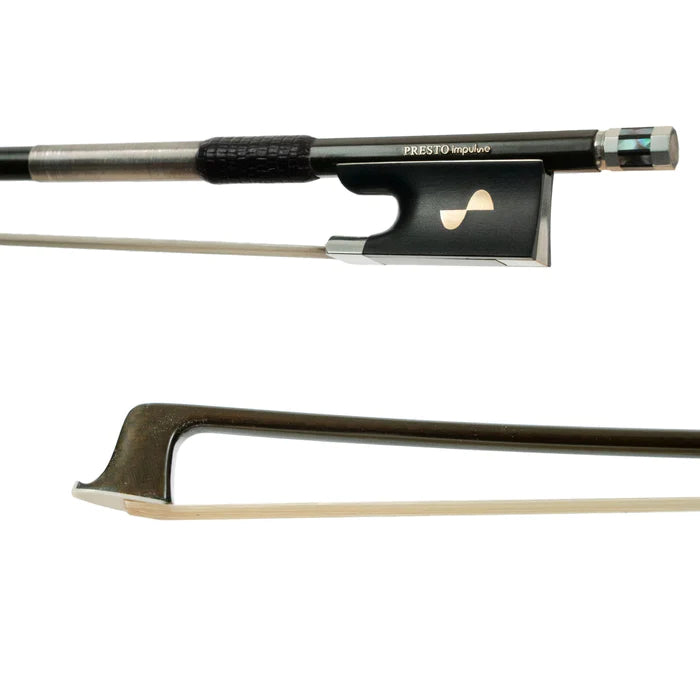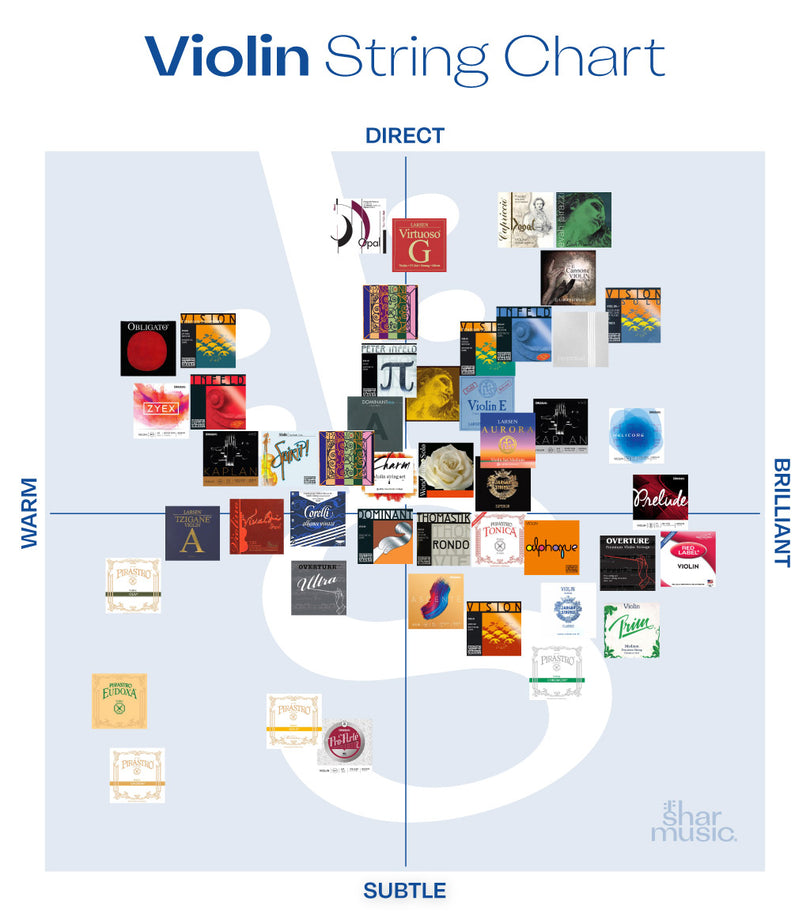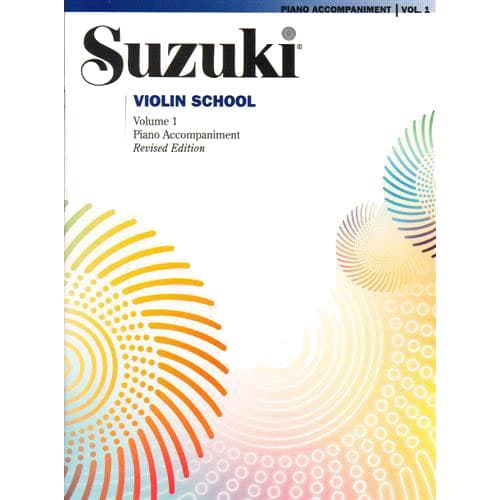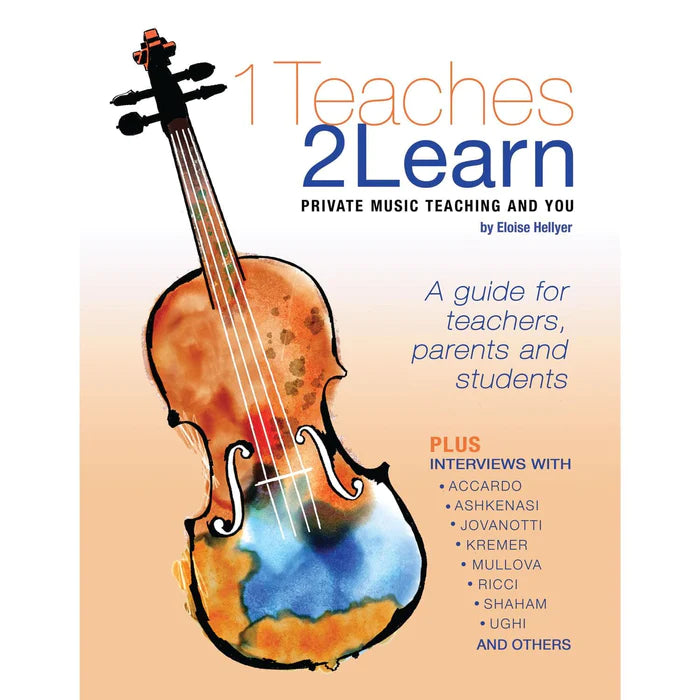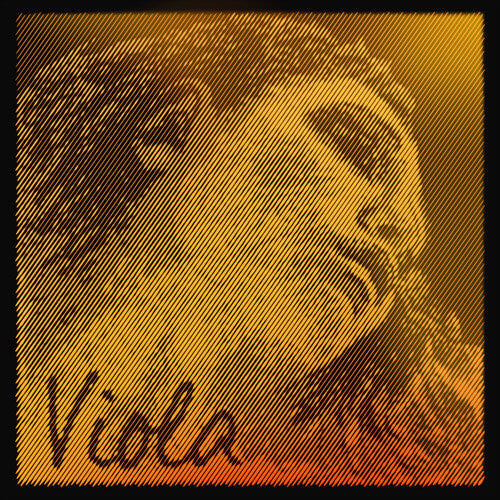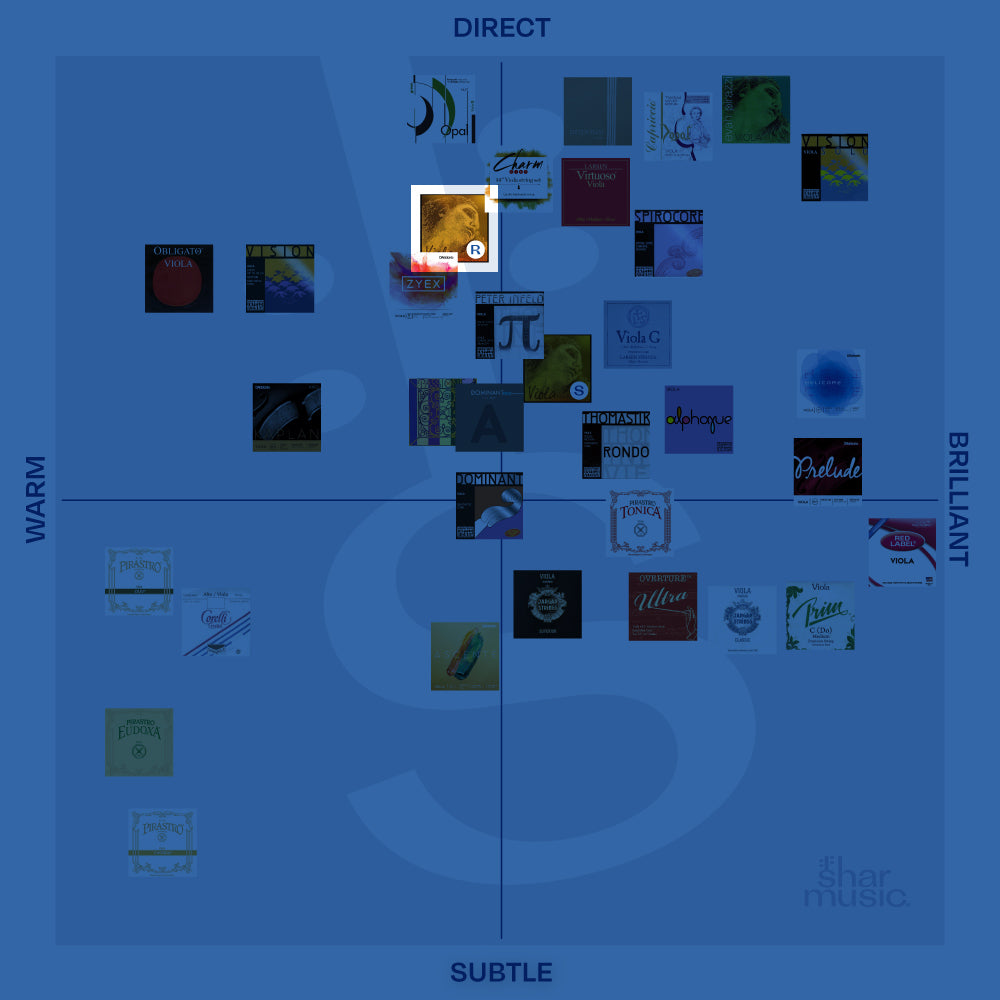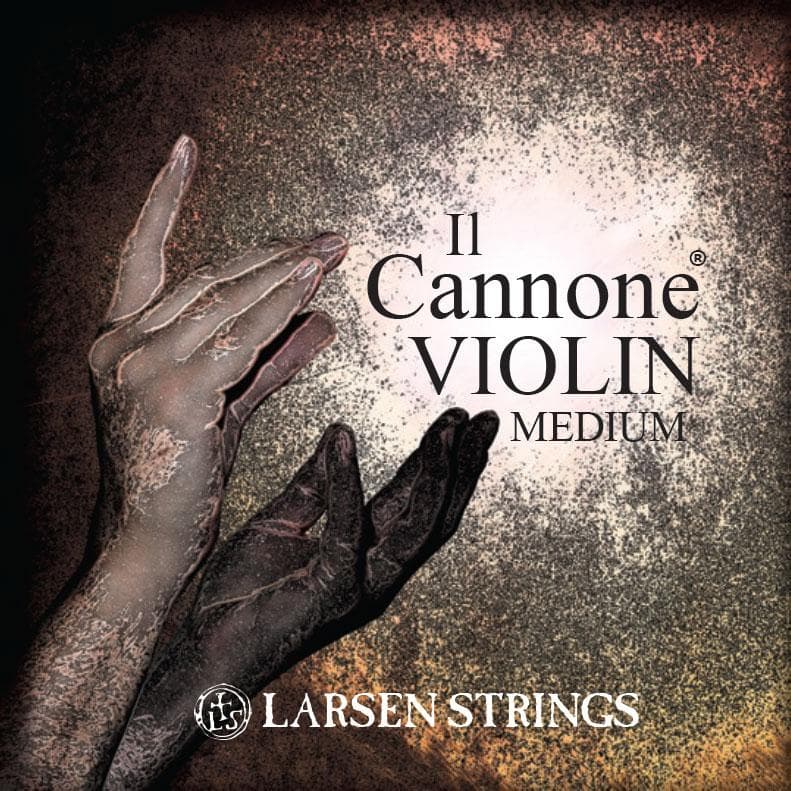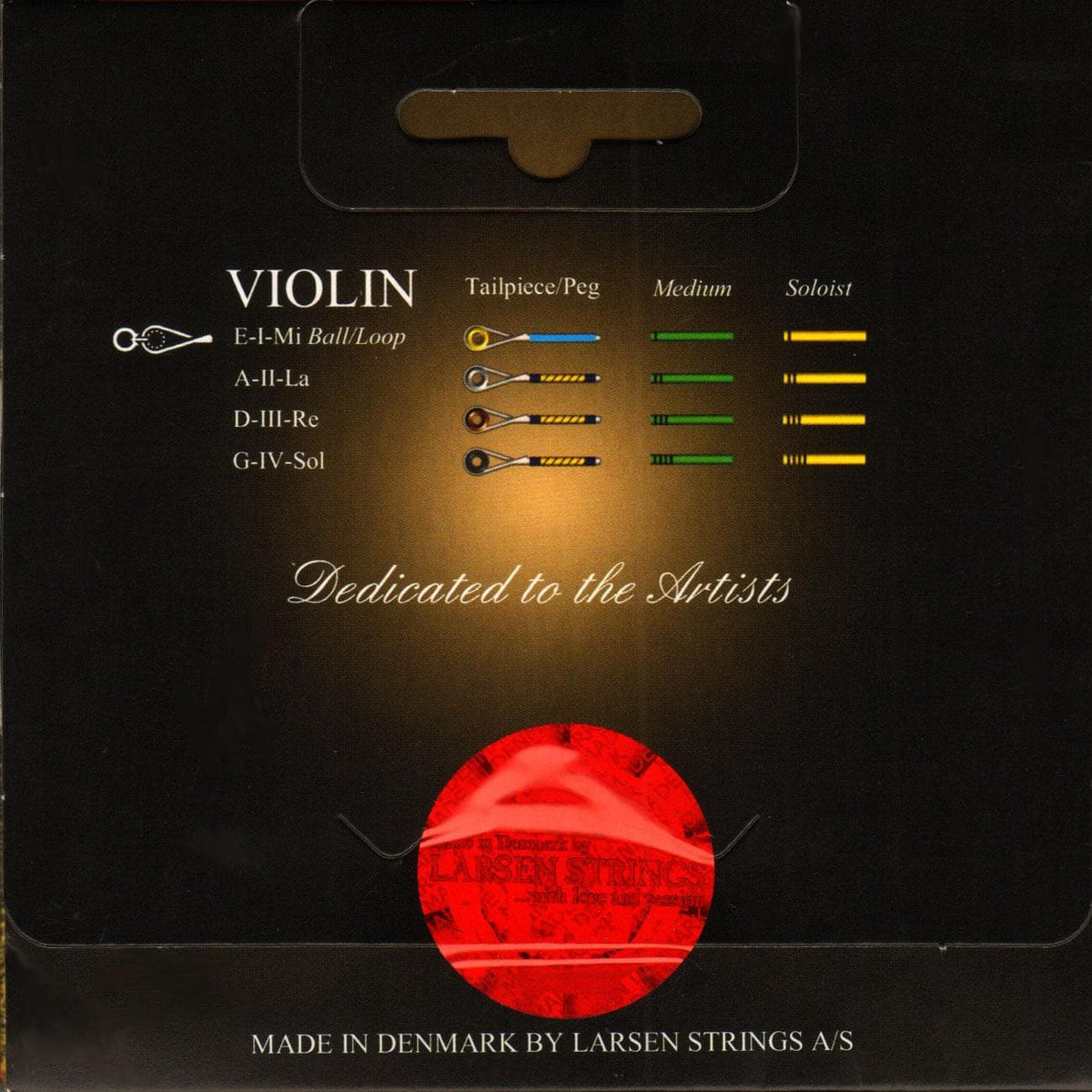


Shar Music
Sassmannshaus, Kurt - Early Start on the Violin Book 4 Published by Baerenreiter Verlag
REVIEW VIDEOS
Sassmannshaus Violin Book 4
The fourth volume introduces various positions as well as new bowing techniques. These are practiced in increasingly demanding classical duets. From here students can embark on the journey of standard repertoire - Concerti such as Vivaldi, Accolay etc. are now within reach.
What makes this violin method so special?
- The child- friendly and age-appropriate text underlying the music enables children to perceive melodies as a whole and to understand their singable qualities.
- Songs and scales in different positions are easily explained and mastered within the first year. This is an important advantage over methods that confine children to the first position for many years.
- Note reading is emphasised from the first lesson - children are brought up to become proficient sight-readers and play in chamber music ensembles as early as possible.
- In contrast to other beginning violin methods, the Sassmannshaus Tradition progresses swiftly by introducing advanced violin techniques in rudimentary form, such as shifting and varied bow strokes.
- The large print notes and text as well as many colorful illustrations are particularly child-friendly and very attractive to pre-school children and school children alike.
- The substantial volumes (64 pages for volumes 1 and 2, 72 pages for volumes 3 and 4) contain comprehensive material and carefully calibrated learning curves. They keep children curious and interested for many months and years.
The fourth volume introduces various positions as well as new bowing techniques. These are practiced in increasingly demanding classical duets. From here students can embark on the journey of standard repertoire - Concerti such as Vivaldi, Accolay etc. are now within reach.
What makes this violin method so special?
- The child- friendly and age-appropriate text underlying the music enables children to perceive melodies as a whole and to understand their singable qualities.
- Songs and scales in different positions are easily explained and mastered within the first year. This is an important advantage over methods that confine children to the first position for many years.
- Note reading is emphasised from the first lesson - children are brought up to become proficient sight-readers and play in chamber music ensembles as early as possible.
- In contrast to other beginning violin methods, the Sassmannshaus Tradition progresses swiftly by introducing advanced violin techniques in rudimentary form, such as shifting and varied bow strokes.
- The large print notes and text as well as many colorful illustrations are particularly child-friendly and very attractive to pre-school children and school children alike.
- The substantial volumes (64 pages for volumes 1 and 2, 72 pages for volumes 3 and 4) contain comprehensive material and carefully calibrated learning curves. They keep children curious and interested for many months and years.
Sheet Music Return Policy
If you are not satisfied with this item for any reason you may return it for a full refund within 30 days of purchase Unless the music received is defective or has been shipped in error all returned music will be subject to a restocking fee of $2.00 per title
If you have any questions about this product's warranty or to make a return please contact our Customer Service Department at 8007934334 or email us at Sharserv@Sharmusiccom
If you are not satisfied with this item for any reason you may return it for a full refund within 30 days of purchase Unless the music received is defective or has been shipped in error all returned music will be subject to a restocking fee of $2.00 per title
If you have any questions about this product's warranty or to make a return please contact our Customer Service Department at 8007934334 or email us at Sharserv@Sharmusiccom
The Fastest Possible Start for the Beginning Violinist!
The reason for the effectiveness of the Early Start on the Violin method is because it respects the student: Techniques that may be considered too advanced to be used in other early development methods are introduced early in the Sassmannshaus method; vibrato, shifting into high positions, dotted rhythms, double-stops, quickly become second nature to the young student, removing the intimidation factor that often gets in the way of learning when introduced later.
Egon Sassmannshaus, one of the most renowned violin teachers in Germany, introduced the method series more than four decades ago. It quickly grew in popularity, with over half a million European students having using it. Almost 10 years ago, world renowned violin pedagogue Kurt Sassmannshaus, son of Egon, introduced the English language edition of the method, and it has been equally popular in North America.
About Kurt Sassmannshaus:
Kurt Sassmannshaus holds the distinguished Dorothy Richard Starling Chair for Classical Violin at the University of Cincinnati College-Conservatory of Music (CCM). His students include prizewinners of major international competitions, prominent soloists and chamber musicians, and orchestra leaders around the world. Many of them hold important faculty positions in European, Asian, and American Conservatories.
After receiving his bachelor’s degree from Cologne, Sassmannshaus received a Master’s degree from the Juilliard School as a scholarship student of Dorothy DeLay. He won first prize in the International Chamber Music Competition in Colmar, France. He taught at the University of Texas, Austin and at Sarah Lawrence College before joining the faculty at the Cincinnati Conservatory. He has also been named guest professor at the Beijing Central Conservatory of Music.
Professor Sassmannshaus is totally engaged in the training of young violinists, through institutions that he has founded: The Starling Preparatory Project, the Great Wall Academy in Beijing, the Starling Chamber Orchestra, among others. In 2004, he premiered the not-for-profit website www.violinmasterclass.com, offering free video instruction on all aspects of violin playing. With more than 20 million hits annually this web site made him the most widely effective and globally recognized violin teacher in the history of violin teaching.
The reason for the effectiveness of the Early Start on the Violin method is because it respects the student: Techniques that may be considered too advanced to be used in other early development methods are introduced early in the Sassmannshaus method; vibrato, shifting into high positions, dotted rhythms, double-stops, quickly become second nature to the young student, removing the intimidation factor that often gets in the way of learning when introduced later.
Egon Sassmannshaus, one of the most renowned violin teachers in Germany, introduced the method series more than four decades ago. It quickly grew in popularity, with over half a million European students having using it. Almost 10 years ago, world renowned violin pedagogue Kurt Sassmannshaus, son of Egon, introduced the English language edition of the method, and it has been equally popular in North America.
About Kurt Sassmannshaus:
Kurt Sassmannshaus holds the distinguished Dorothy Richard Starling Chair for Classical Violin at the University of Cincinnati College-Conservatory of Music (CCM). His students include prizewinners of major international competitions, prominent soloists and chamber musicians, and orchestra leaders around the world. Many of them hold important faculty positions in European, Asian, and American Conservatories.
After receiving his bachelor’s degree from Cologne, Sassmannshaus received a Master’s degree from the Juilliard School as a scholarship student of Dorothy DeLay. He won first prize in the International Chamber Music Competition in Colmar, France. He taught at the University of Texas, Austin and at Sarah Lawrence College before joining the faculty at the Cincinnati Conservatory. He has also been named guest professor at the Beijing Central Conservatory of Music.
Professor Sassmannshaus is totally engaged in the training of young violinists, through institutions that he has founded: The Starling Preparatory Project, the Great Wall Academy in Beijing, the Starling Chamber Orchestra, among others. In 2004, he premiered the not-for-profit website www.violinmasterclass.com, offering free video instruction on all aspects of violin playing. With more than 20 million hits annually this web site made him the most widely effective and globally recognized violin teacher in the history of violin teaching.
Featured products
Available Soon
More Details